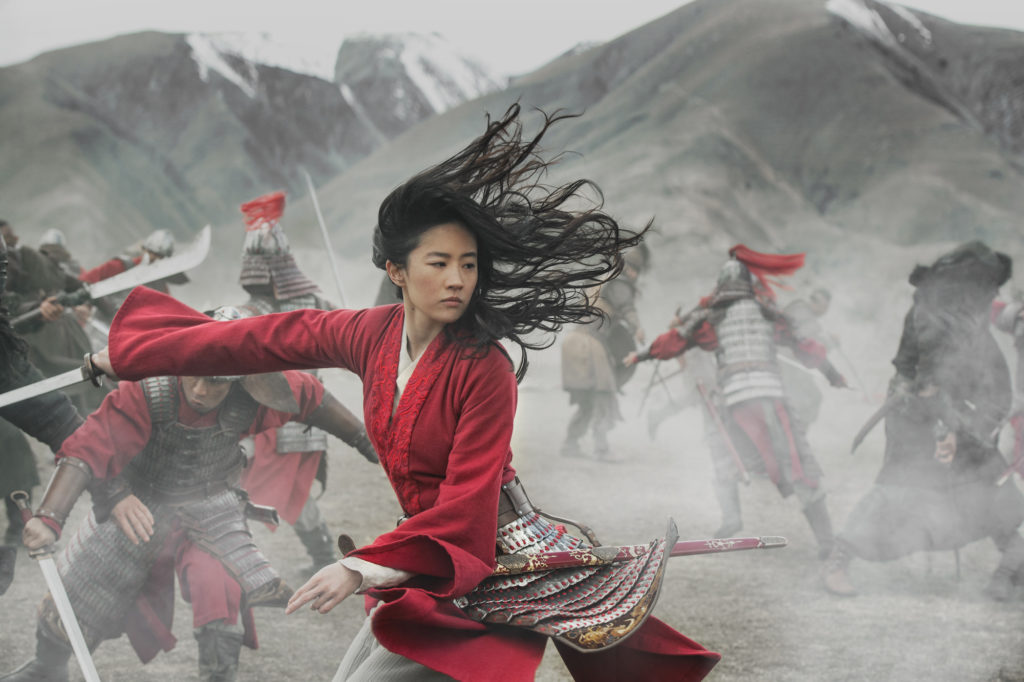Today, we’re talking about Disney’s live-action epic remake of the animated film Mulan. The film was edited by David Coulson – a New Zealander collaborating with fellow Kiwi, director Niki Caro.
David’s been editing since 1981. His filmography includes The Zookeeper’s Wife, McFarland USA, North Country, and Whale Rider among many others.
This interview is available as a podcast.
(This interview was transcribed with SpeedScriber. Thanks to Martin Baker at Digital Heaven)
HULLFISH: You and director Niki Caro have worked on numerous movies together. How did that relationship begin?
COULSON: Niki and I both met in Auckland, New Zealand. We were working separately and then in the late 90s we collaborated on some commercials together and kind of really enjoyed that.
Following that, the picture Whale Rider came up. Niki was going to make that and she approached me to work on that. That was kind of around 2000. So we’ve been working sort of on and off over the next kind of 20 years on a variety of films.
HULLFISH: What are some of the hidden benefits to having that long term relationship with a director when you get on a film like Mulan?
COULSON: I think the key benefit we had in coming together on Mulan was an established trust. Trust is kind of the coin-of-the-realm in the creative process and particularly when we were embarking on something of this nature — something of this scale — which neither of us had tackled before.
Quality became paramount and as time went on that was indicated because we were working in different hemispheres for the majority of the shoot. Niki was in New Zealand. I was in L.A., so I was not physically able to be in her immediate area. So it became even more important.
We had communications every week or thereabouts where we could actually look at the material that I’d been working on. We’d often speak daily. She’d call me as she was on her drive to the set. I would tell her how I was doing. She would tell me how she was doing.
But essentially, the cornerstone of it was having trust. Trusting in my ability to discern what she was trying to achieve in the project and certainly, she was trusting that I was holding it together on my end.
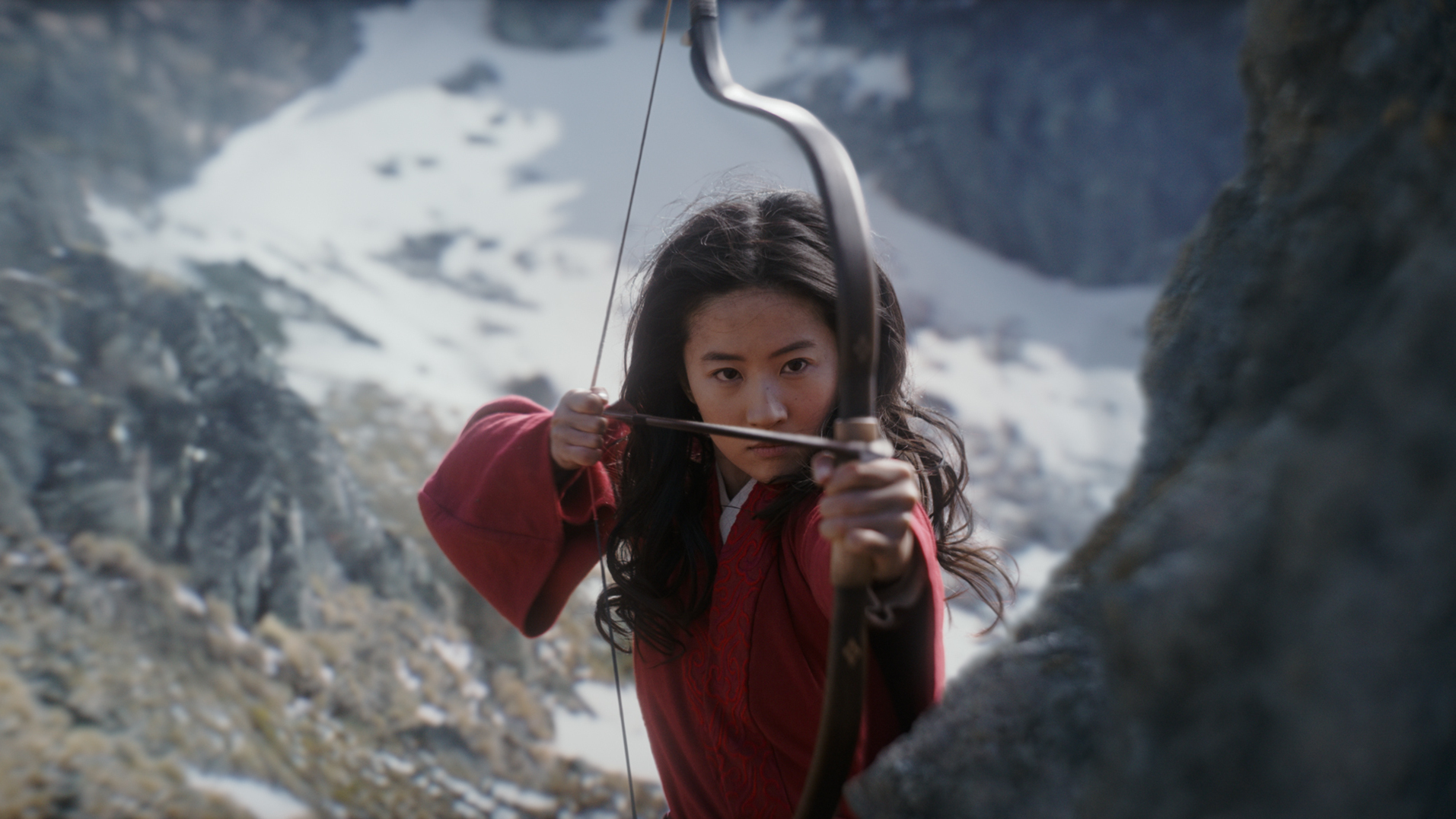 HULLFISH: When you have such a relationship where you know quite well the other person’s working style, were you able to have any kind of communication about for example intent or point of view before shooting started, or did she kind of just want to let you examine the material without that kind of communication?
HULLFISH: When you have such a relationship where you know quite well the other person’s working style, were you able to have any kind of communication about for example intent or point of view before shooting started, or did she kind of just want to let you examine the material without that kind of communication?
COULSON: It depended on the particular sequences. I think some of them were quite heavily prevised and storyboarded ahead of time. In fact, I’ve collaborated on putting together a lot of the previs. So structurally I kind of knew where scenes were heading.
But of course, there were many other scenes that hadn’t had that kind of attention. Really it was a question of feeling my way through the material — knowing what Niki’s sensibilities were.
Her intentions were self-evident to me when I was putting scenes together so it wasn’t really an issue of trying to find the way through many scenes. Occasionally that happened but it was very much a question of putting them together as I felt and I would dispatch scenes to her. She could see them remotely in New Zealand and offer me any guidance if she felt we were in need of further amplification or underlining of thematical performance. But generally, it ran very smoothly.
HULLFISH: I’ve heard from many editors about directors who either are so under-the-gun that they can’t view those kinds of preliminary edits that happened during dailies or they don’t want to.
Don’t you think that that helps a lot to relieve some of the anxiety as you approach them viewing an editor’s assembly or starting into the director’s cut?
COULSON: I personally do, yeah. I think that the fact they’ve had some familiarity with the material as it’s been assembled provides them with some kind of foreknowledge of what’s to come and even though a number of weeks might have elapsed between the time that they first see a single scene cut and when they see the final assembly of the film, I think even just some familiarity sort of helps set everyone at ease. That’s my personal opinion anyway.
HULLFISH: I’m sure you know Niki’s strengths and what she is able to bring as a director after working with her on so many films. What do you think it was that the producers or Disney saw in her abilities that made them want her for this particular picture — for Mulan?
COULSON: I think Niki’s gifts are manifold and I think they were aware of a multitude of qualities that she has. I think that in all the films that she’s worked on — the ones I’ve collaborated on with her — she’s demonstrated an extraordinary capability of defining the milieu or the culture and the location of where the stories happen. I think that that would have been a definite quality that they would have seen and noticed.
I think also her capability in terms of performance and seeing an essential truth emotionally. I think that’s an important quality that Niki brings and I think they clearly wanted something special in this instance with this particular, well-loved and appreciated Disney property.
So I think those would be the two key things that come to mind immediately. But also she just has a great capacity to visualize and create scenes that haven’t been seen before necessarily and put together combinations of sound and action and performance that are truthful and speak to a wider truth as well.
HULLFISH: One of the things that I definitely recognized when I watched the film was the thing that you mentioned of the milieu and the culture seem almost like a character in this movie. The locations are just stunning. Can you talk to me a little bit about the pace of the film and wanting to be able to open up some of those moments to be able to not have to solely present story or plot or even character for that matter but to open it up for moments to experience the world and universe of the story.
COULSON: In all the films we’ve done we’ve attempted to spend some time defining the locales and the areas in which our stories occur. The trick is not to be gratuitous in it and integrate the material thematically as much as anything else into the story.
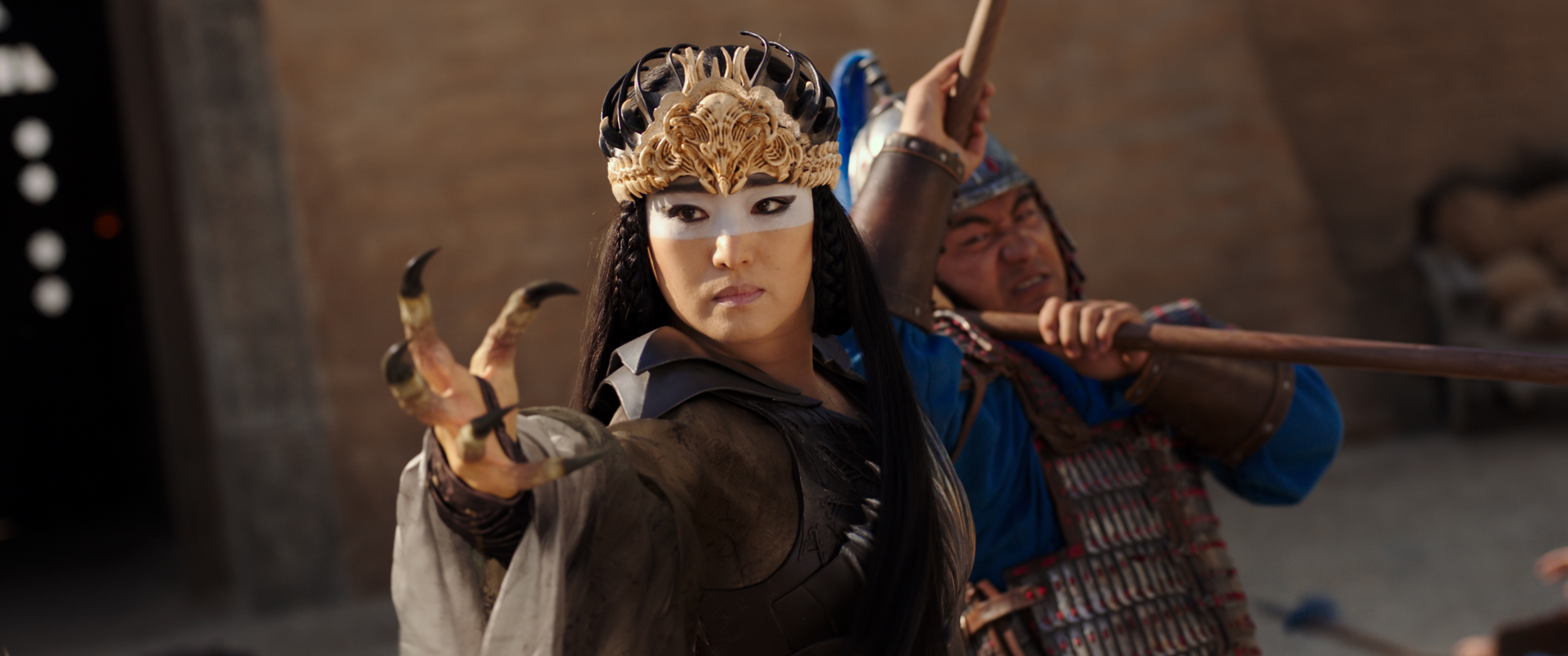 In North Country which we shot up in the Iron Range in northern Minnesota. We had numerous amazing shots towards the front of the film which were beautiful in themselves but they also spoke to the kind of story we were going to be telling — the scale the story we were going to be telling. It’s sort of a cold beauty.
In North Country which we shot up in the Iron Range in northern Minnesota. We had numerous amazing shots towards the front of the film which were beautiful in themselves but they also spoke to the kind of story we were going to be telling — the scale the story we were going to be telling. It’s sort of a cold beauty.
I think we tried to do the same in Mulan. So sometimes we would be able to integrate both elements. We could have an incredible story happening with incredible landscape happening in the same frames. It exploited some of the extraordinary landscape in New Zealand and also some areas in China.
We were able to integrate both and that’s what we’re always trying to do — to keep a sense of the scale of where we were where the story was happening — trying not to upset the balance and make it too languid and too descriptive just for description’s sake.
HULLFISH: I love the idea of editing as having dynamics as music does. Can you talk a little bit about trying to play with the slower, more thoughtful moments and their balance with the incredible action scenes and being able to regulate those two things?
COULSON: I think there are definitely similarities between music and editing. I tinker around musically myself and I think there are parallels between the two. Just as symphonically-speaking you have adagios — slow-moving passages — and then you have extremely active scherzo — scherzi — kind of passages. These things kind of counterpoint each other and they provide kind of a contrast to each other.
Early on when I’m Involved in a film, there’s a period where I’m trying to discern the kind of DNA that makes this particular movie different. What is the kind of North Star if you like? Or in musical terms, what key is this movie in?
Once I’ve established that — and it usually takes two or three weeks — it sort of helps define and helps navigate every creative decision that occurs subsequently because I know it’s all part of the same integrated whole.
HULLFISH: Once you’ve discovered that DNA do you feel like some of the decisions you’ve made earlier might not line up with that DNA?
COULSON: Absolutely so. I think as the movie takes form you have to listen to it. And the more you do — the more you pay attention to it — the more it tells you where there are sort of errant moments or moments that don’t feel quite integrated into the whole.
I think it’s a question of this kind of interplay — or dance — that goes on and certainly you find, by revisiting scenes or moments that you’ve tackled right at the front, sometimes you hit it out of the park on the first pass and these are extraordinary gratifying moments. Other times you have to sort of listen to what the movie is telling you. And in my experience, it’s always kind of told me the right things I’ve been able to make the necessary compensations and adjustments.
HULLFISH: Were there any kind of deviations structurally from the script that you and Niki had to navigate as you saw the film in context.
COULSON: There were one or two and I think that’s part of the process of any film. It has to do with moving from words on paper to people on the screen and photography on the screen capturing extraordinary moments on the screen.
There were one or two places where we moved scenes forward or possibly made them later. It’s a question of just listening to the film and watching the film as it forms. Essentially we didn’t do any huge lifts and transference because we had a linear journey of Mulan from childhood through to warrior. The big things remained in place.
HULLFISH: Speaking about being a warrior, talk to me a little about the fight scenes. I’m sure that the amount of dailies you received for some of those big action scenes was significant. How do you navigate that amount of material?
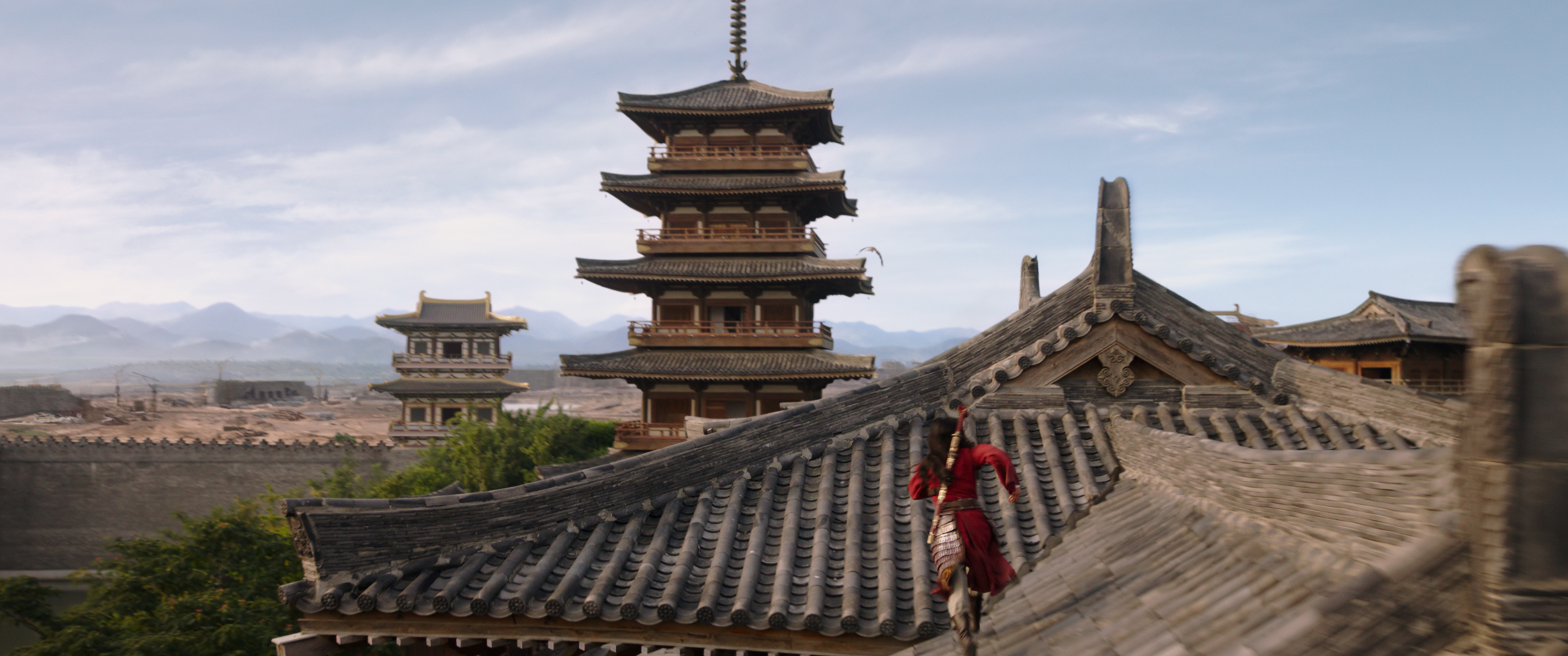 COULSON: It still comes down to telling the story despite the quantity of material coming in. You still have to be discerning about what is the story that’s going to take place in the scene.
COULSON: It still comes down to telling the story despite the quantity of material coming in. You still have to be discerning about what is the story that’s going to take place in the scene.
There was a vast amount of material coming in but I knew that if we had an hour’s material coming in for a scene we would know that despite all that, the scene can only be three minutes long or whatever it might be. So it’s just that process about staying clear about what are the story moments, the story pieces, the story beats that have to be articulated and emphasized. That becomes the navigation tool to work through it.
Some of these things I had worked on back when we were doing previs, so I knew the overall structure. It was simply a question of defining how much we were going to depart from that — and occasionally we did — but it was a question of just articulating it as clearly and as eloquently as possible.
HULLFISH: What would have been one of the reasons why you did depart from an original structure? Was it because you’re able to see something in context?
COULSON: Sometimes there are things that happen that are extraordinary and it might be a piece of action or a piece of performance, but these are things that you have to — in my and certainly Niki’s experience — stay open towards incorporating.
So there were times where we found we were able to include things that were other times that we found we wanted to compress. Sometimes we were working on a previs scene in isolation but in the overall context — with the movie wrapped around it — sometimes something that you thought was really important becomes less so.
So there’ll be times where we would just compress or eliminate the story sections. So it was a constant ongoing exercise in that respect. But for the most part, the sequences very much represented the intention of what was shot.
HULLFISH: I would love to talk a little bit more about the mechanics of approaching — for example — that climactic battle scene at the end. It’s so long and there’s so much great action and there must have been so much material. Were you breaking things down into smaller bins? Are you a selects-reel person? How are you wrapping your brain around that much material?
COULSON: It’s kind of weird isn’t it? As you’d know from editing yourself, editing is such a unique and distinct activity. Talking about editing is a bit like dancing about editing.
In an overall context I would say that if you’re talking about the whole sequence where the two armies come together, it really was a question of biting off sections and devoting time to articulating each of these sections as well as possible — not getting too concerned about the overall too soon. That can happen later.
Finding the critical moments.
It was always our intention to be aware of where Mulan was at any time in the story, and so she became the sort of fulcrum around which everything turned. In the first instance, there was a question of paring things back that were not helping us track Mulan and her journey through whatever action is unfolding.
Then it was a question of articulating as best as possible her involvement in the action. That might be a cerebral process — where she’s thinking about something and putting something together. Or it might be a physical process where she’s actually doing something — causing something to happen — intervening in something. Those are the kinds of questions that were always dominant in trying to put these scenes together.
HULLFISH: Did you watch the animated film at all before you started cutting this film?
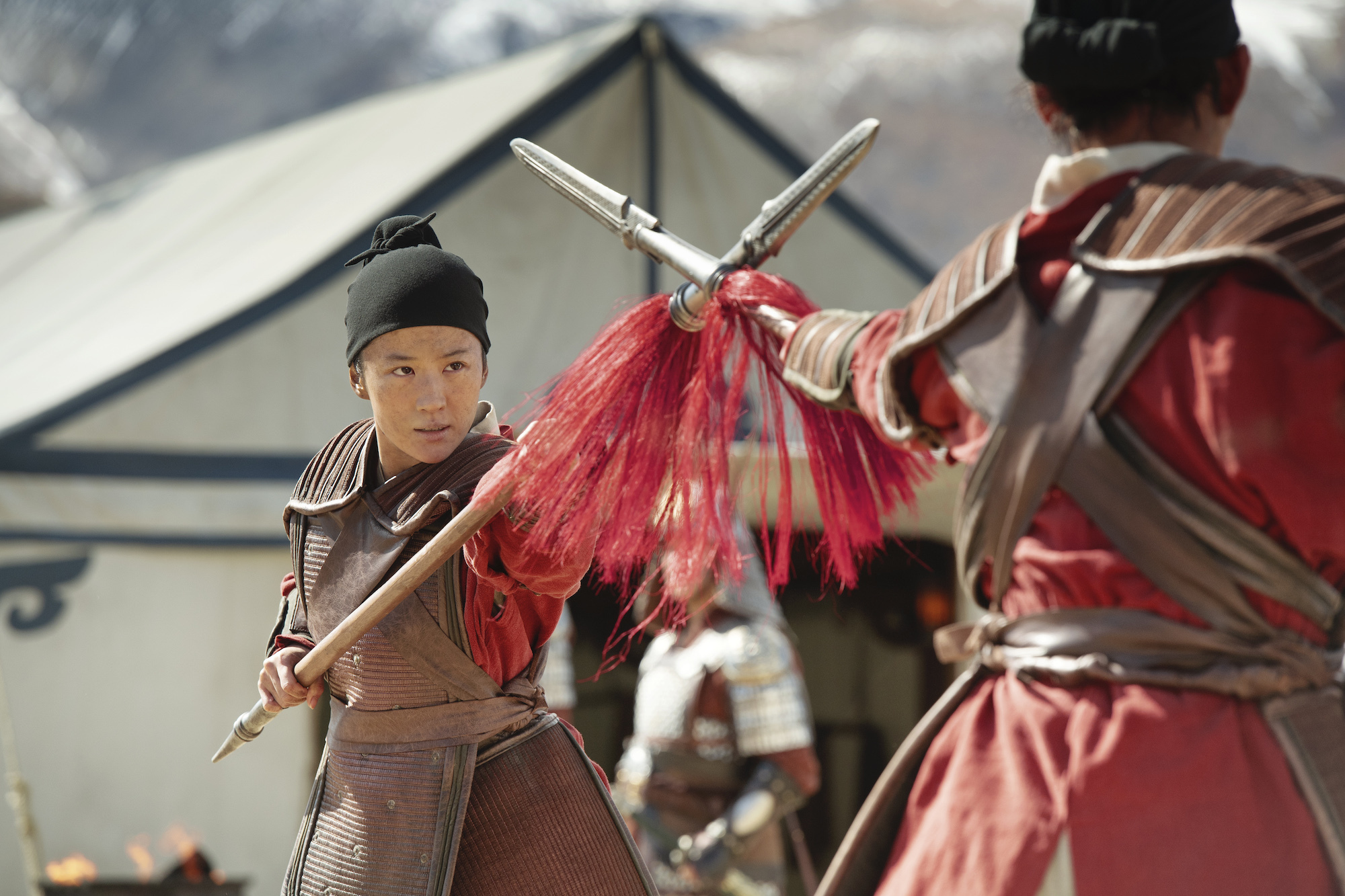 COULSON: Yes I did. I did see the animated film before. I tend not to get too involved in the source material of pictures that I work on. I tend not to read the books. I’d rather stay within the realm of the movie.
COULSON: Yes I did. I did see the animated film before. I tend not to get too involved in the source material of pictures that I work on. I tend not to read the books. I’d rather stay within the realm of the movie.
In this case — yes — I definitely wanted to see the animated film so I had a touchstone as to where it had come from, what has it done, and also what an audience who had also seen the pre-existing film were bringing to the experience of watching our Mulan.
HULLFISH: I know that you’ve been editing since at least the early 80s — which puts you before non-linear. Can you talk to me about that transition from cutting on film to cutting non-linear?
COULSON: I definitely started back in the day of steam-powered film engines.
HULLFISH: (laughs).
COULSON: When I was learning and when I watched other editors working, I could see them scanning backward and forwards. I could see them reach forward with their Chinagraph, making a mark and pulling it back and making a cut with a guillotine splicer. Finding what they were going to join on. Splicing it up and running it through and so forth.
I think that process of deliberation is much more visible when you’re learning. I am sort of concerned for people coming forward in the industry because some of that process is less visible.
I found the transition to NLE surprisingly easy. There was a very awkward period where they were trying to do some weird kind of hybrid thing with video but it wasn’t really non-linear and that was like working with quick-setting cement. I found that makes it impossible.
I thought, “Well, one day someone will work this out and we will have a true plastic, moldable medium to work in electronically,” and I’m so glad that that has transpired.
I think it’s like all tools — you have to use them to the best of your capability and I think that’ll reward you when you do.
HULLFISH: And is there a discipline that you brought forward from film editing into digital?
COULSON: Possibly it’s being very deliberate. When I first started working professionally, we were working in reversal film. That meant you had to consider your cuts quite carefully. You couldn’t just cavalierly start carving in because then you would end up with splices through all of the material you were trying to broadcast on the air.
So I think that process of deliberation — of taking time, not going in too deep — I tend to sort of work wide and then start tightening as the film progresses rather than cutting extremely tightly extremely soon. I think that will be one of the key similarities that I brought from working in film into the digital realm.
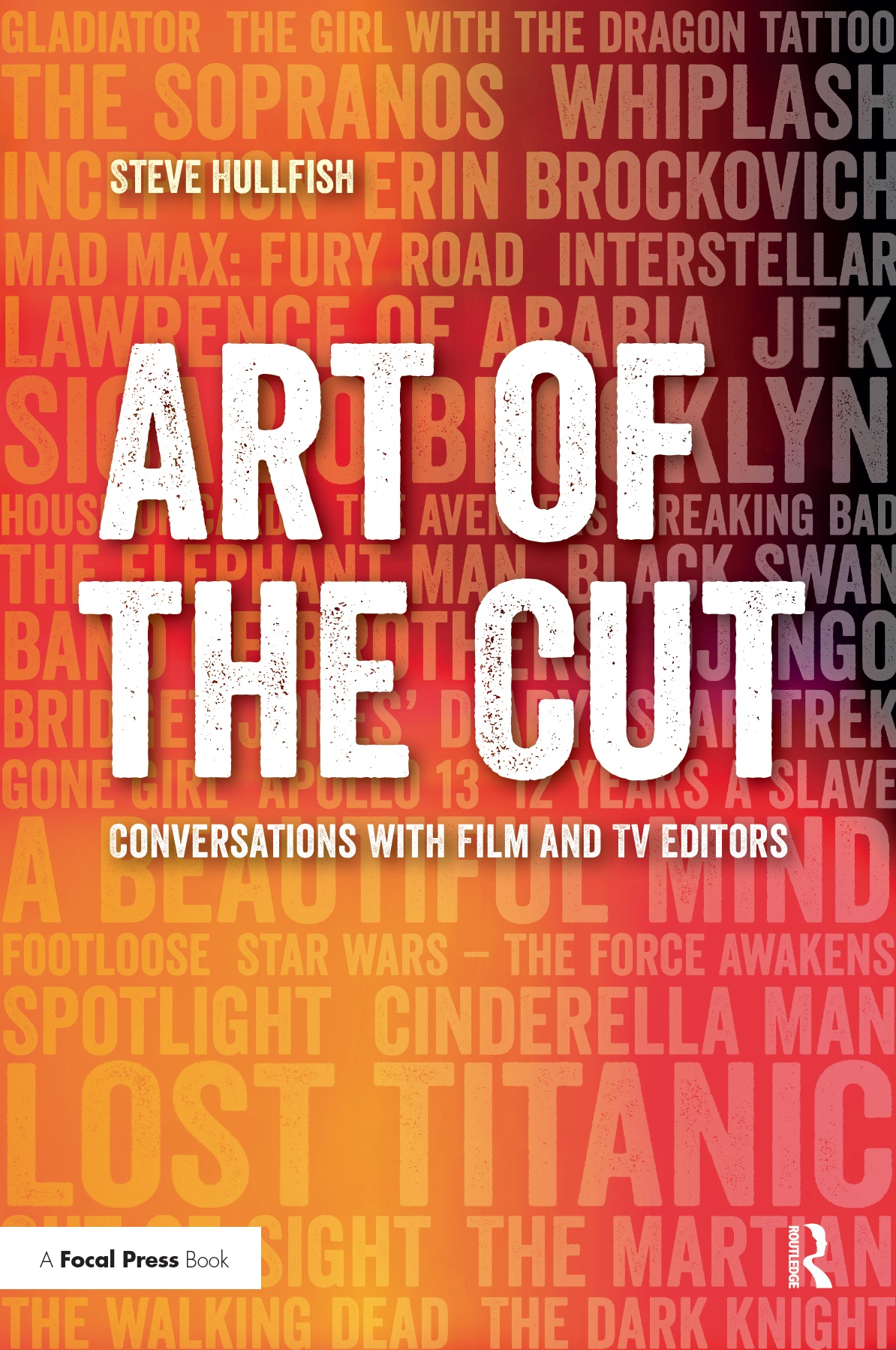 HULLFISH: David, thank you so much for joining me today.
HULLFISH: David, thank you so much for joining me today.
COULSON: Sure. Much appreciated. I’ve enjoyed talking to you. Thanks a lot.
To read more interviews in the Art of the Cut series, check out THIS LINK and follow me on Twitter @stevehullfish or on imdb.
The first 50 interviews in the series provided the material for the book, “Art of the Cut: Conversations with Film and TV Editors.” This is a unique book that breaks down interviews with many of the world’s best editors and organizes it into a virtual roundtable discussion centering on the topics editors care about. It is a powerful tool for experienced and aspiring editors alike. Cinemontage and CinemaEditor magazine both gave it rave reviews. No other book provides the breadth of opinion and experience. Combined, the editors featured in the book have edited for over 1,000 years on many of the most iconic, critically acclaimed, and biggest box office hits in the history of cinema.

Filmtools
Filmmakers go-to destination for pre-production, production & post production equipment!
Shop Now